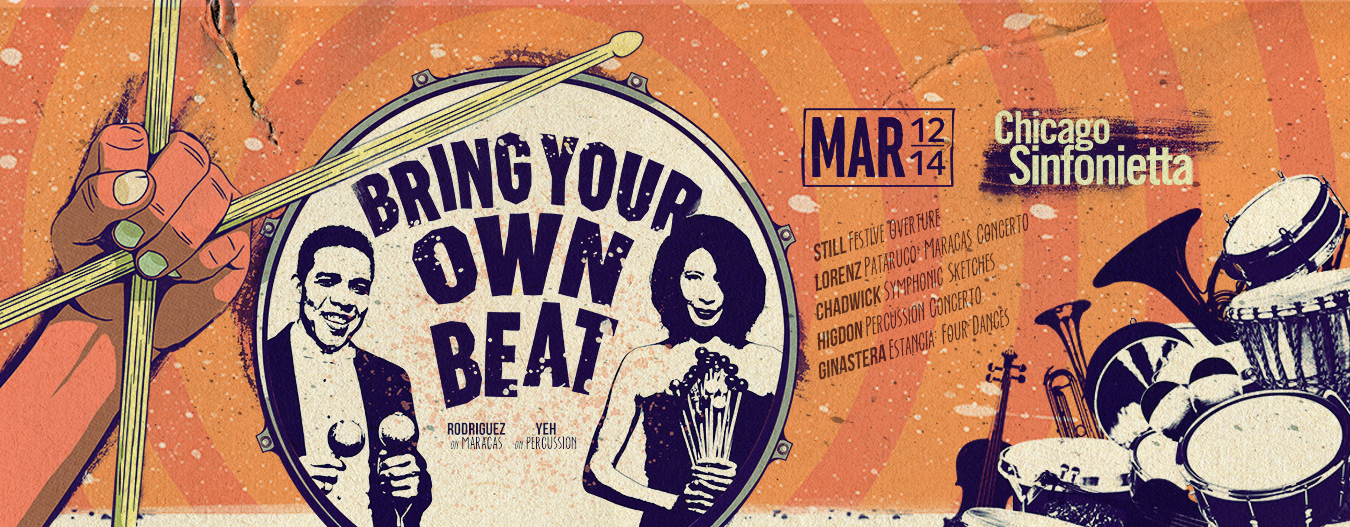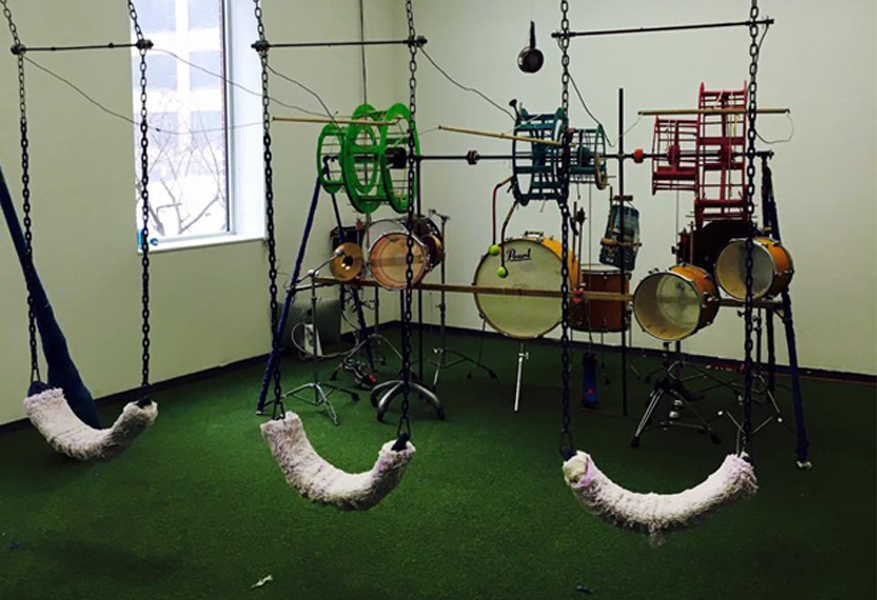- Home
- Concerts & Events
- Plan Your Experience
- About
- Initiatives & Community
- Get Involved
- Support
Digital Guide to BYOB: Bring Your Own Beat
For long time followers of the Chicago Sinfonietta, it should come as no surprise that rhythm is at the heart of BYOB – Bring Your Own Beat. The drum is, after all, perhaps the original musical instrument. Nor is it at all unusual that sounds and cultures from around the world take their place comfortably interwoven with more traditional classical music. BYOB will feature ideas championed by Sinfonietta founder Paul Freeman brought up to date for the 21st century by Mei-Ann Chen and the orchestra’s guest artists. Immerse yourself, and don’t forget to bring the beat.

Bring Your Beat!
Bring a percussion instrument with you or join us pre-concert and during intermission to create your own! Thank you to our friends at The Wasteshed and Rebuilding Exchange for the donation of percussion supplies. Also, take a spin on Chicago artist Dave Ford’s Swing Set Drum Kit installation - an incredible, interactive, percussive artwork that kids and adults alike can power through swinging!
THE
ARTISTS
Mei-Ann Chen, Music Director and conductor
 Mei-Ann Chen is in her fifth season as Chicago Sinfonietta Music Director. In her tenure with the organization, she has brought the orchestra to new artistic heights, developing an aggressively adventurous approach to repertoire and collaboration while firmly anchoring her ambitious plans in the Sinfonietta’s quarter-century plus heritage of diversity, inclusion and service to the community. In the process, she has earned two awards from the League of American Orchestra: The Helen M. Thompson Award, given to a music director every two years to recognize their impact and potential for a significant national career, and one for the orchestra, a First Place Award for Adventurous Programming. Just last year, she was named one of thirty Professionals of the Year by Musical America.
Mei-Ann Chen is in her fifth season as Chicago Sinfonietta Music Director. In her tenure with the organization, she has brought the orchestra to new artistic heights, developing an aggressively adventurous approach to repertoire and collaboration while firmly anchoring her ambitious plans in the Sinfonietta’s quarter-century plus heritage of diversity, inclusion and service to the community. In the process, she has earned two awards from the League of American Orchestra: The Helen M. Thompson Award, given to a music director every two years to recognize their impact and potential for a significant national career, and one for the orchestra, a First Place Award for Adventurous Programming. Just last year, she was named one of thirty Professionals of the Year by Musical America.
As the Chicago Tribune’s John von Rhien has remarked, “Mei-Ann Chen… was born to lead this group. She plays and speaks from the heart, the body and the head, and the audience and players have embraced her.” There’s also this from the Chicagoist blog: “We love Chicago Sinfonietta’s approach to classical music: it really opens it up to a new audience and makes it approachable and interesting.”
Born in Taiwan, Ms. Chen has lived in the United States since 1989. She holds a Doctor of Musical Arts degree in conducting from the University of Michigan, where she was a student of Kenneth Kiesler. Prior to that, she was the first student in New England Conservatory’s history to receive master’s degrees, simultaneously, in both violin and conducting. She is also the Music Director of the Memphis Symphony Orchestra and is in high demand around the globe as a guest conductor.
Mei-Ann Chen’s complete biography can be found here.
Roger Kalia, Project Inclusion Freeman Conducting Fellow
 A note from the conductor:
A note from the conductor:
I am thrilled and immensely grateful to be conducting the Chicago Sinfonietta on tonight’s concert, “Bring Your Own Beat,” alongside Music Director Mei-Ann Chen. Through my work as a Project Inclusion Freeman Conducting Fellow, I have learned about the amazing legacy and work of Maestro Paul Freeman. Maestro Freeman was a role model for inclusion in the orchestra as well as a firm advocate of racial and cultural diversity in the concert hall. He was innovative in his approach to programming and changed the classical music landscape not only in Chicago, but also throughout the nation. As a conductor, it is my goal to emulate the work Maestro Freeman has accomplished, and push the boundaries of classical music so that audiences of all ages, ethnicities and race can experience this amazing art form.
Tonight I will have the opportunity to honor the Maestro by conducting “Noel” from Symphonic Sketches by the American composer George Chadwick. It is a work that evokes serenity, peacefulness, and nostalgia, a fitting tribute to Maestro Freeman.
Maestro Freeman, thank you for your integrity, wisdom, and most importantly, your commitment to inclusion.
Music is life,
Roger Kalia
Learn more about the Project Inclusion Program on the Chicago Sinfonietta website.
Winner of the 2013 Solti Foundation U.S. Career Assistance Award, Roger Kalia has been hailed as a conductor who conducts with “vigor” and “commitment” by the Charlotte Observer and for bringing a “fresh view to classical music” by The Republic. Roger is the newly appointed Assistant Conductor of the Pacific Symphony and Music Director of the Pacific Symphony Youth Orchestra. Roger will lead the Pacific Symphony Youth Orchestra on a 10-day tour of China this summer, the orchestra’s second international tour. Roger was previously the Assistant Conductor of the Charlotte Symphony, and served for three years as Music Director of the Young Musicians Foundation Debut Orchestra of Los Angeles. During the summer Roger serves as Music Director of the Lake George Music Festival in upstate New York, which was recently voted as the “Best Annual Event” by the Village of Lake George and featured in Time Out New York Magazine.
Highlights of the 2015-16 season include debuts with the National Symphony Orchestra, Adrian Symphony and Chicago Sinfonietta. Last season, Roger guest conducted the Bakersfield Symphony, and served as a guest cover conductor with the St. Louis Symphony and Indianapolis Symphony. That same season, he was invited as a finalist to the Assistant Conductor audition for the New York Philharmonic. Roger earned his Doctorate from Indiana University, where he served as an Associate Instructor and Assistant Conductor of the IU Opera Theatre and New Music Ensemble. He has been a fellowship recipient at the Aspen Music Festival, Cabrillo Festival of Contemporary Music, Kurt Masur Conducting Seminar, and the St. Magnus Festival in Scotland. His primary mentors include David Effron, Arthur Fagen, and Franz Anton Krager, and he has undertaken additional studies with David Zinman, Kurt Masur, Robert Spano, Marin Alsop, Mei-Ann Chen, Gustav Meier, and Larry Rachleff.
Alcides Rodríguez, maracas
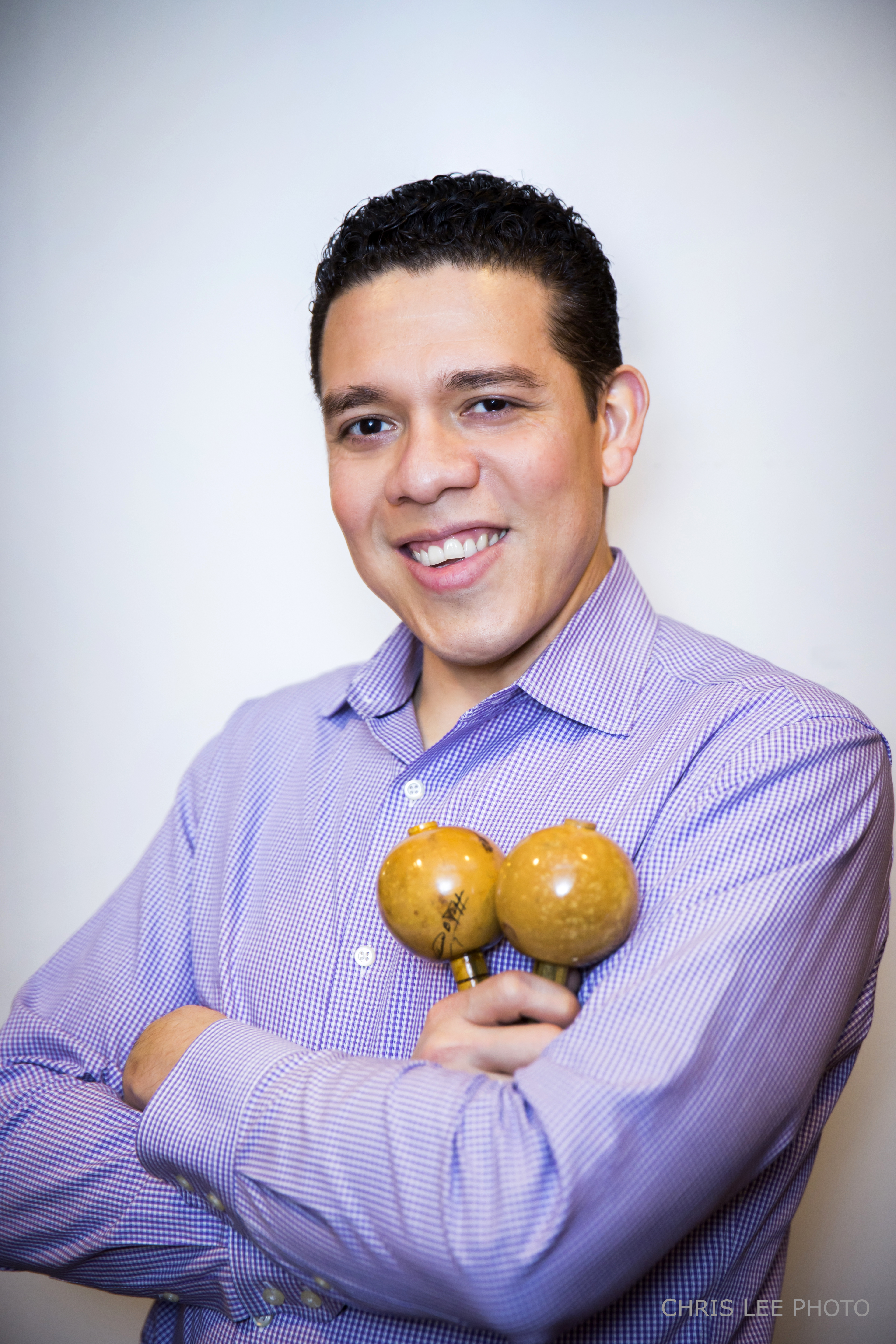 Alcides Rodríguez is no stranger to the classical stage. In fact, the Venezuelan musician’s full time job is playing clarinet in the Atlanta Symphony Orchestra. He is a product of Venezuela’s famed El Sistema youth orchestra program, and completed his music education in the United States at Northwestern University. In addition to the ASO, Rodriguez has participated in various summer music festivals, including the New Hampshire Music Festival, the National Repertory Orchestra and the National Orchestral Institute. He has performed internationally as well in Mexico, Japan and Brazil.
Alcides Rodríguez is no stranger to the classical stage. In fact, the Venezuelan musician’s full time job is playing clarinet in the Atlanta Symphony Orchestra. He is a product of Venezuela’s famed El Sistema youth orchestra program, and completed his music education in the United States at Northwestern University. In addition to the ASO, Rodriguez has participated in various summer music festivals, including the New Hampshire Music Festival, the National Repertory Orchestra and the National Orchestral Institute. He has performed internationally as well in Mexico, Japan and Brazil.
It is, however, his advocacy of the music of his birthplace and his mastery of the maracas that brings him to BYOB as a featured soloist on fellow Venezuelan Ricardo Lorenz’s Pataruco: Concerto for Venezuelan Maracas and Orchestra. His love of Venezuelan music also led him to record a lively album of traditional dances called The Venezuelan Clarinet / El Clarinete Venezolano.
A more complete biography of Alcides Rodriguez can be found here. The video features a clarinet performance with his Venezuelan ensemble. For a taste of his maraca skills, check the video under composer Ricardo Lorenz in this digital guide.
Cynthia Yeh, percussion
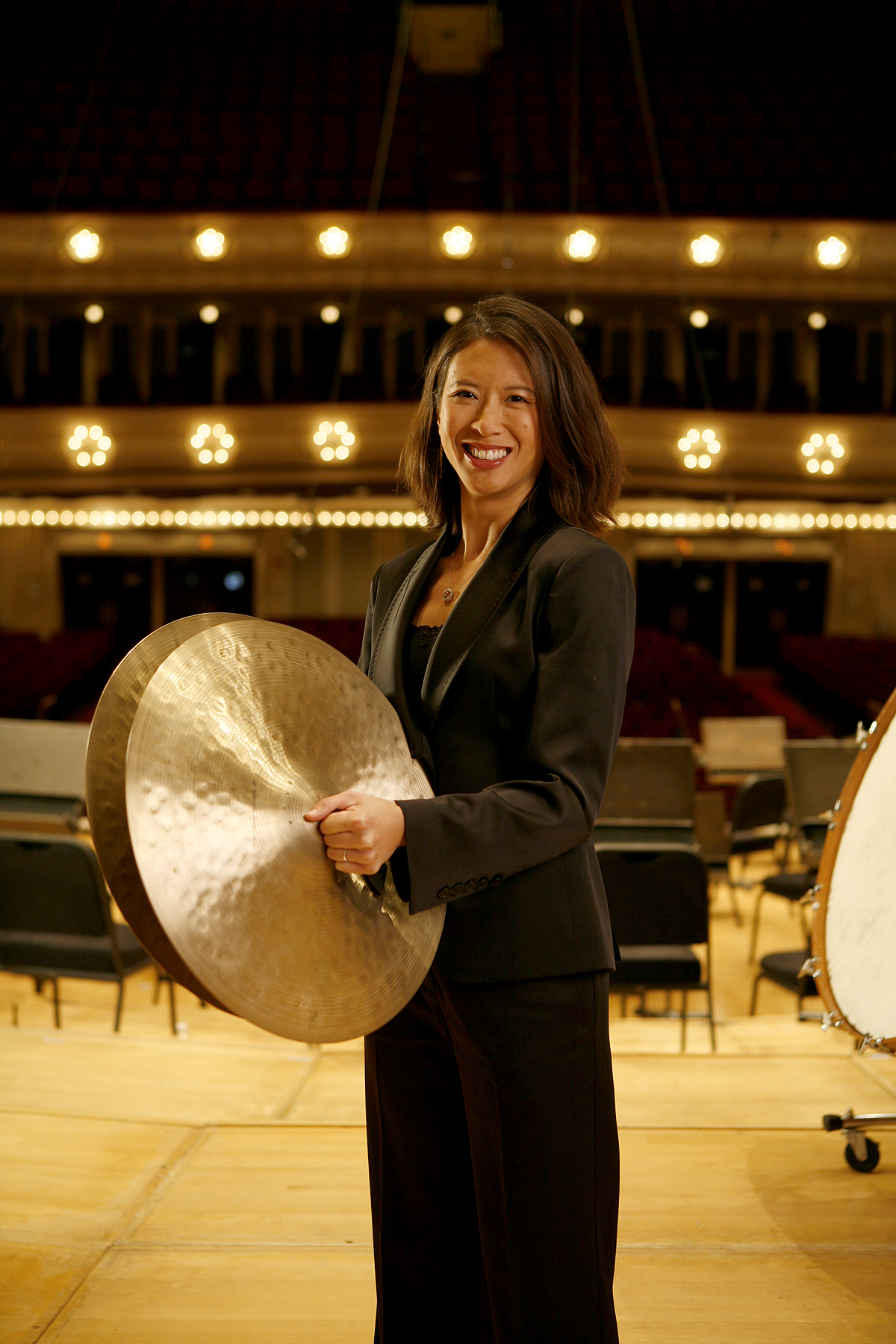 As principal percussionist for the Chicago Symphony Orchestra since 2007, Cynthia Yeh will be in familiar surroundings when she joins the Sinfonietta on Jennifer Higdon’s Percussion Concerto. Born in Taipei, Taiwan, Cynthia received a bachelor of music performance degree from the University of British Columbia and a master of music performance degree from Temple University in Philadelphia. She regularly performs with the CSO’s MusicNOW ensemble as well as with various chamber ensembles throughout Chicago, and was the featured soloist on the CSO’s performance of James MacMillan’s Vini, Vini, Emanuel in 2014.
As principal percussionist for the Chicago Symphony Orchestra since 2007, Cynthia Yeh will be in familiar surroundings when she joins the Sinfonietta on Jennifer Higdon’s Percussion Concerto. Born in Taipei, Taiwan, Cynthia received a bachelor of music performance degree from the University of British Columbia and a master of music performance degree from Temple University in Philadelphia. She regularly performs with the CSO’s MusicNOW ensemble as well as with various chamber ensembles throughout Chicago, and was the featured soloist on the CSO’s performance of James MacMillan’s Vini, Vini, Emanuel in 2014.
Yeh won the CSO job at the age of 29, a feat made all that more impressive because she didn’t give any thought to being a professional musician until half way into her freshman year of college and then switching from piano, which she had played since she was 4 years old, to percussion. And then there’s this: no one else in Yeh’s family growing up was in the least bit musical.
Here is a great interview with Yeh on her life in music and what it means to be principal percussionist in one of the world’s foremost orchestras. In the video, she demonstrates her set up and preparations for a performance.
YOU, percussion
We’re not calling it “Bring Your Own Beat” for nothing. For the conclusion of the concert, we are inviting everyone in attendance to join us. That’s right, bring a small percussion instrument to the hall and have it ready when we play one of Paul Freeman’s favorite works, Estancia Dances by Argentine composer Alberto Ginestera. Don’t own a percussion instrument? No problem. Check the video for tips on making one at home, or create it during intermission. It’s time to make some noise!

Drink Responsibly.
Enjoy complimentary tequila tastings from El Jimador both pre-concert and during intermission. Stay tuned for a discount offer from our partners at Curb to catch a cab at the end of the night!
THE
COMPOSERS
Festive Overture
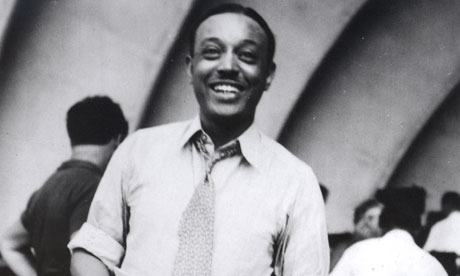 It is perhaps Paul Freeman’s most important Sinfonietta legacy that the orchestra remain committed to performing works both old and new by composers of color often underrepresented on the classical stage. And certainly one of the pioneering African-American composers and conductors was William Grant Still, whose career began in the early 20th century. Still wrote over 150 compositions. Perhaps most notable among them was his Afro-American Symphony, written in 1930, which the Sinfonietta recorded in the year 2000 for the African Heritage Symphonic Series, Vol 1.
It is perhaps Paul Freeman’s most important Sinfonietta legacy that the orchestra remain committed to performing works both old and new by composers of color often underrepresented on the classical stage. And certainly one of the pioneering African-American composers and conductors was William Grant Still, whose career began in the early 20th century. Still wrote over 150 compositions. Perhaps most notable among them was his Afro-American Symphony, written in 1930, which the Sinfonietta recorded in the year 2000 for the African Heritage Symphonic Series, Vol 1.
Still was the first African American to conduct a major American symphony orchestra, the first to have a symphony (his first symphony) performed by a leading orchestra, the first to have an opera performed by a major opera company, and the first to have an opera performed on national television. He is often referred to as "the Dean" of African-American composers. He aptly titled Festive Overture won first prize in a 1944 competition sponsored by the Cincinnati Symphony Orchestra.
The AfriClassical website has a very thorough look at Still’s life and work. Listen to the Festive Overture at the video.
Pataruco: Concerto for Venezuelan Maracas and Orchestra
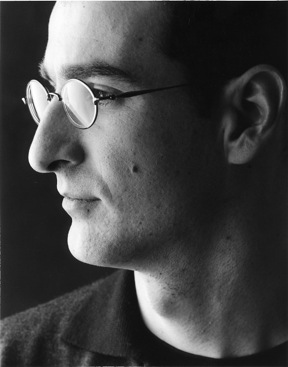 The BYOB performance of Pataruco will be something of a homecoming for Venezuelan-born composer Ricardo Lorenz. He served as Composer-in-Residence for the Chicago Symphony Orchestra’s Armonía Musicians Residency Program from 1998-2003 as well as the Chamber Music Series of Music in the Loft. Additionally, his PhD in composition is from the University of Chicago. He’s even written horn arrangements for Chicago’s Sones de México Ensemble. But despite living in the U.S. for decades, Lorenz maintains close ties with Latin America, working with jazz and folkloric artists such as Tito Puente, David Sánchez, Claudia Pérez, Farred Haque, Los Folkloristas and Tiempo Libre,
The BYOB performance of Pataruco will be something of a homecoming for Venezuelan-born composer Ricardo Lorenz. He served as Composer-in-Residence for the Chicago Symphony Orchestra’s Armonía Musicians Residency Program from 1998-2003 as well as the Chamber Music Series of Music in the Loft. Additionally, his PhD in composition is from the University of Chicago. He’s even written horn arrangements for Chicago’s Sones de México Ensemble. But despite living in the U.S. for decades, Lorenz maintains close ties with Latin America, working with jazz and folkloric artists such as Tito Puente, David Sánchez, Claudia Pérez, Farred Haque, Los Folkloristas and Tiempo Libre,
Perhaps even closer to home is the origin of Pataruco itself. It was commissioned by the Chicago Sinfonietta and received its World Premiere in 1999 by the Sinfonietta with Lyric Opera percussionist Edward Harrison. It was later recorded by Maestro Freeman with the Czech National Symphony Orchestra, with whom he was Music Director at the same time as the Sinfonietta.
Lorenz has his own website filled with news, insights and sound bites. The video is a brief section of Pataruco that prominently features BYOB guest soloist Alcides Rodriguez with Orquestra Filarmônica de Minas Gerais in Brazil.
Symphonic Sketches: Jubilee and Noel
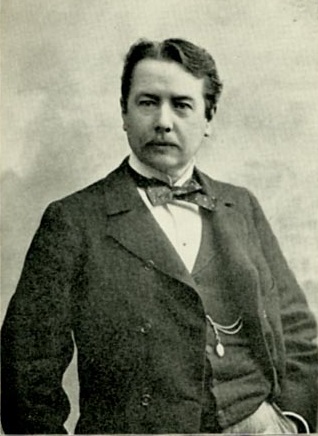 When you think of American classical music, your mind often goes immediately to giants like Aaron Copeland, Samuel Barber or Charles Ives. Before all three of them, though, came George Whitefield Chadwick, who was born in 1854. Many consider his music to portray a distinctively American style, a product of what has been called the New England School of Composers. His works included several operas, three symphonies, five string quartets, tone poems, incidental music, songs and choral anthems—a little bit of everything.
When you think of American classical music, your mind often goes immediately to giants like Aaron Copeland, Samuel Barber or Charles Ives. Before all three of them, though, came George Whitefield Chadwick, who was born in 1854. Many consider his music to portray a distinctively American style, a product of what has been called the New England School of Composers. His works included several operas, three symphonies, five string quartets, tone poems, incidental music, songs and choral anthems—a little bit of everything.
The Symphonic Sketches were written around the turn of the 20th century, and each of its four movements (Jubilee, Noel, Hobgoblin and A Vagrom Ballad) is inspired by a scene depiction, much like snapshots in an album, drawings, or vignettes. You can almost hear something like the coming of Aaron Copland (or at the very least the score of an epic Hollywood western) in the lively Jubilee. The second movement, Noel, feels like it could be from a sentimental moment in the same film with its sweeping strings and hushed resolution.
The website of the New England Conservatory, where Chadwick served as Director from 1897–1930, has a good biography. The video is from the Detroit Symphony Orchestra’s recording of Jubilee.
Percussion Concerto
 From Chadwick and early 20th century American music we fast forward a century to the 21st yet remain in the realm of American music with Jennifer Higdon’s Percussion Concerto. One of the wonderful benefits that Mei-Ann Chen’s leadership has brought the Sinfonietta is her keen eye for talented new composers and a drive to perform their works. Chief among them is Higdon, a Brooklyn-based composer whose work will now grace the Sinfonietta stage for the third time.
From Chadwick and early 20th century American music we fast forward a century to the 21st yet remain in the realm of American music with Jennifer Higdon’s Percussion Concerto. One of the wonderful benefits that Mei-Ann Chen’s leadership has brought the Sinfonietta is her keen eye for talented new composers and a drive to perform their works. Chief among them is Higdon, a Brooklyn-based composer whose work will now grace the Sinfonietta stage for the third time.
The Percussion Concerto features guest soloist Cynthia Yeh in dialog with not only the orchestra’s strings and horns, but also a second, simultaneous conversation with the Sinfonietta’s percussion section. Yeh’s on-stage array will feature vibraphone and marimba (which begin the piece quietly), wood blocks, gongs and, finally, a drum kit including snare, toms, cymbals and bongos. As noted, the work begins quietly before moving on to faster passages, including an exciting cadenza, before returning to the original orchestral theme.
Jennifer Higdon has her own website with plenty of information about her and her music, including audio samples and her original program notes for the concerto. The video will give you a great idea of the interplay between soloist and percussion section during the cadenza section. Brace yourself.
Estancia Dances Mvt. 4: Danza final (Malambo)
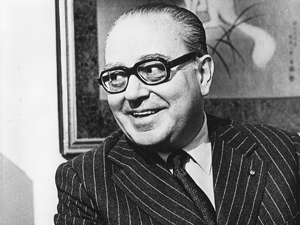 Alberto Ginestera is, along with Nuevo Tango innovator Astor Piazzolla, among Argentina’s most beloved composers. If George Chadwick’s Symphonic Sketches evoked the American landscape, than surely Alberto Ginestera’s Estancia Dances is its Argentine counterpart from a half-century later. Estancia is Spanish for “ranch," and each of its 4 movements reference life on the Argentine pampas, or prairie: The Land Workers, Wheat Dance, The Cattlemen and, finally, the Malambo, or the dance of the gauchos.
Alberto Ginestera is, along with Nuevo Tango innovator Astor Piazzolla, among Argentina’s most beloved composers. If George Chadwick’s Symphonic Sketches evoked the American landscape, than surely Alberto Ginestera’s Estancia Dances is its Argentine counterpart from a half-century later. Estancia is Spanish for “ranch," and each of its 4 movements reference life on the Argentine pampas, or prairie: The Land Workers, Wheat Dance, The Cattlemen and, finally, the Malambo, or the dance of the gauchos.
Estancia is, in fact, all about dancing. It was originally commissioned as a ballet, although its incarnation as an orchestra suite premiered almost a decade before the ballet was finally performed in 1952.
The New World Encyclopedia has a biography of Ginestera that explains how he incorporated the folk music of his home into modern classical composition.
Now… this is where we come to the BYOB part. Before coming to the concert, spend a little time with this video of a spirited performance of Malambo by Gustavo Dudamel and Venezuela’s Simon Bolivar Youth Orchestra. Why? Because you are going to be playing along!

Coming Soon!
Thank you to our friends at the Museum of Contemporary Art for contributing to our percussion making supplies for #BYOBeat. Stay tuned as Chicago Sinfonietta joins forces with the museum on May 13 to present live music, film-screenings and art-making inspired by our final concert of the season, Cosmic Convergence.
Research and copywriting by Don Macica.
Don is the founder of Home Base Arts Marketing Services and a contributing writer to several online publications including Agúzate and Arte y Vida Chicago. When not traveling, he lives a stone's throw from Lake Michigan in Chicago’s Rogers Park neighborhood. He is the author of Border Radio, a blog about music, migration and cultural exchange.

